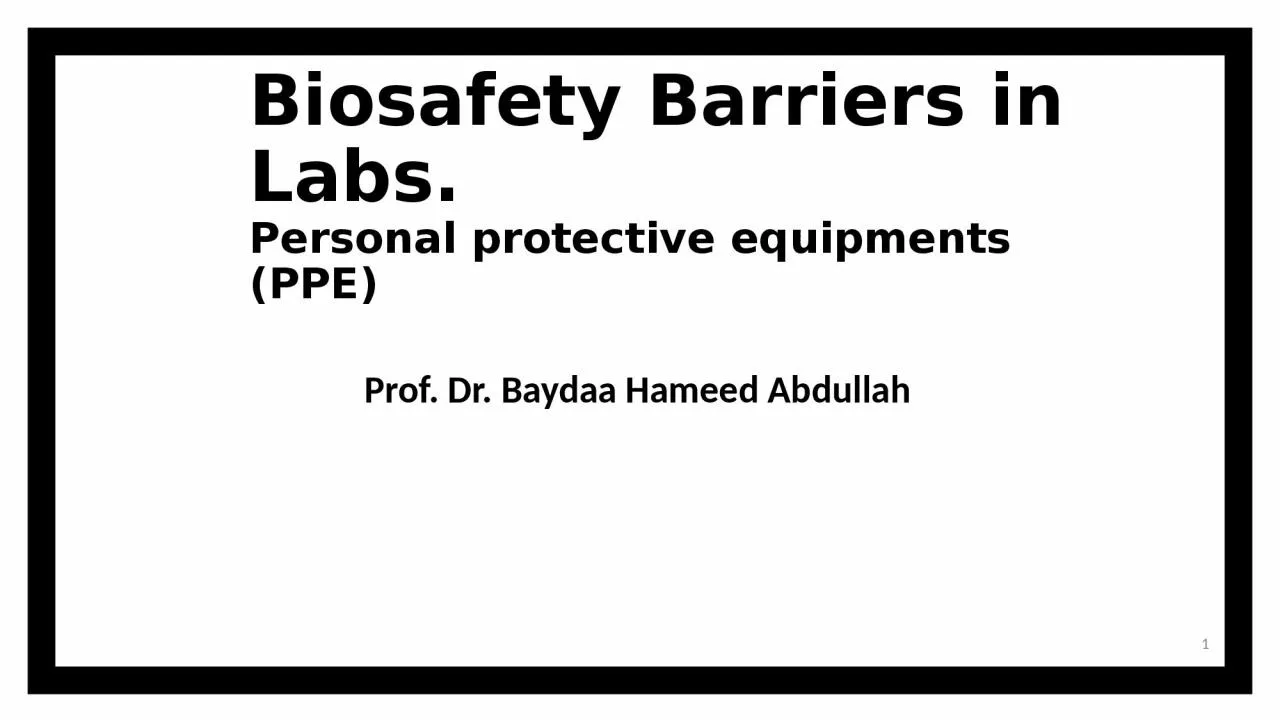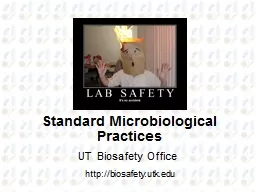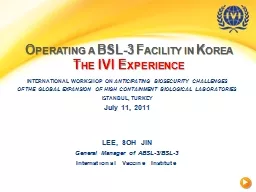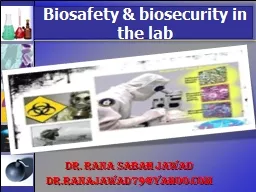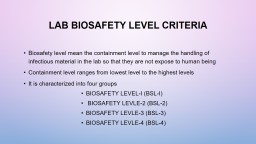PPT-Biosafety Barriers in Labs.
Author : trinity | Published Date : 2023-07-08
Personal protective equipments PPE Prof Dr Baydaa Hameed Abdullah 1 Containment The principle of holding or be capable of holding or including within a fixed
Presentation Embed Code
Download Presentation
Download Presentation The PPT/PDF document "Biosafety Barriers in Labs." is the property of its rightful owner. Permission is granted to download and print the materials on this website for personal, non-commercial use only, and to display it on your personal computer provided you do not modify the materials and that you retain all copyright notices contained in the materials. By downloading content from our website, you accept the terms of this agreement.
Biosafety Barriers in Labs.: Transcript
Download Rules Of Document
"Biosafety Barriers in Labs."The content belongs to its owner. You may download and print it for personal use, without modification, and keep all copyright notices. By downloading, you agree to these terms.
Related Documents

